Ask Ethan # 9: Why Everything Turns
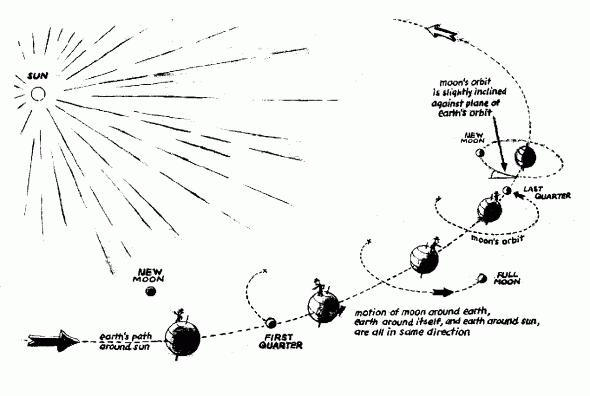
Galileo was wrong. The earth does not rotate around the sun. It revolves around you for decades. At least according to your own submission.
Srikumar Rao
')
The reader asks:
Where did the sun and the planets acquire the angular momentum that led to their rotation? I'm not talking about the orbits, but about the rotation around the axes. I understand the analogy with the skater, in which outstretched hands increase the rotation due to the conservation of angular momentum. But the skater himself is spinning himself. If a skater stays in place, he can stretch his arms and stretch his arms, but he will not begin to rotate.
When the planets and the sun began to form, how did they get the initial moment of rotation?
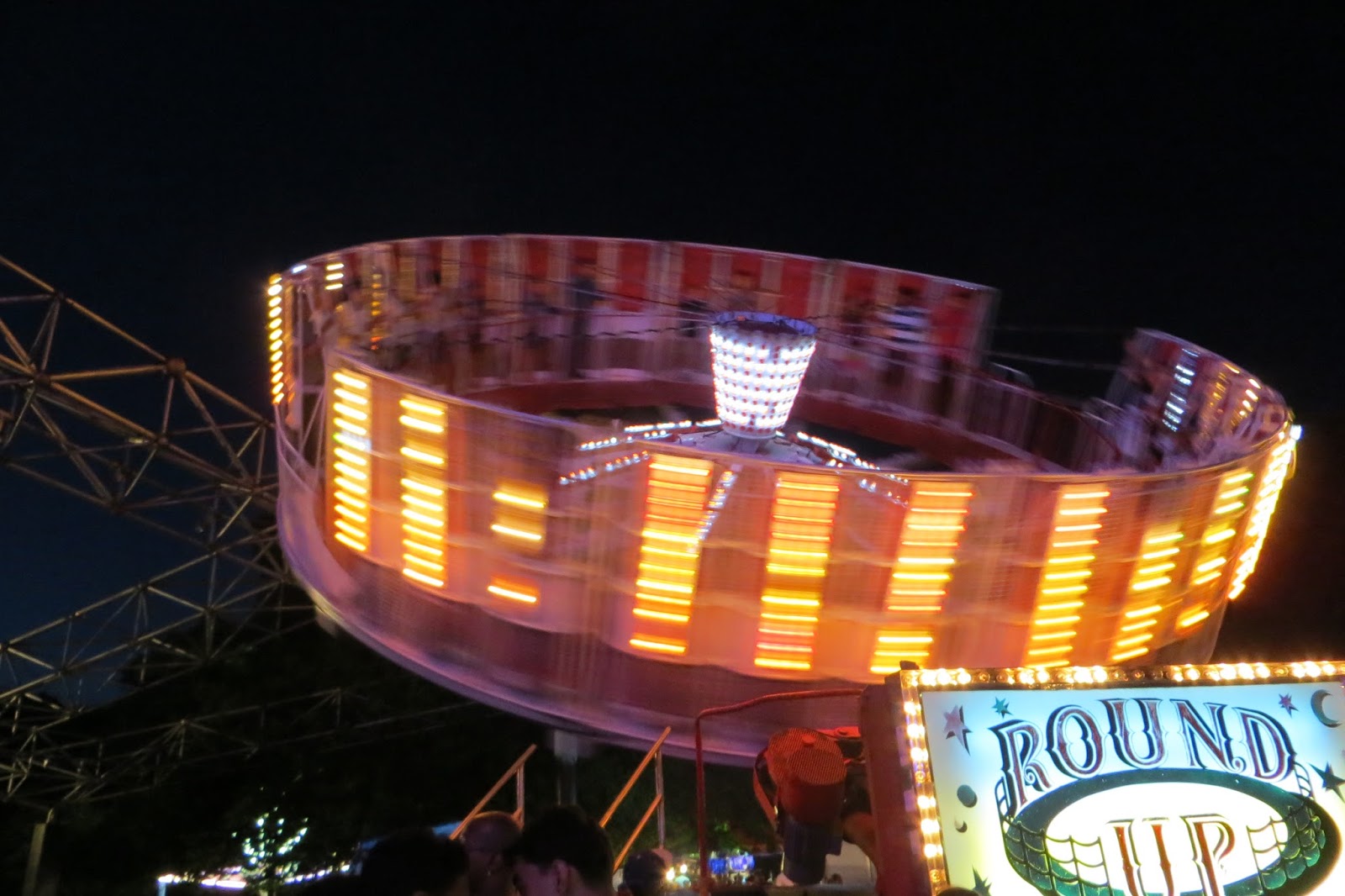
It is easy to make something rotate faster, if it is already rotating - you just need to change the moment of inertia. And what is the moment of inertia?
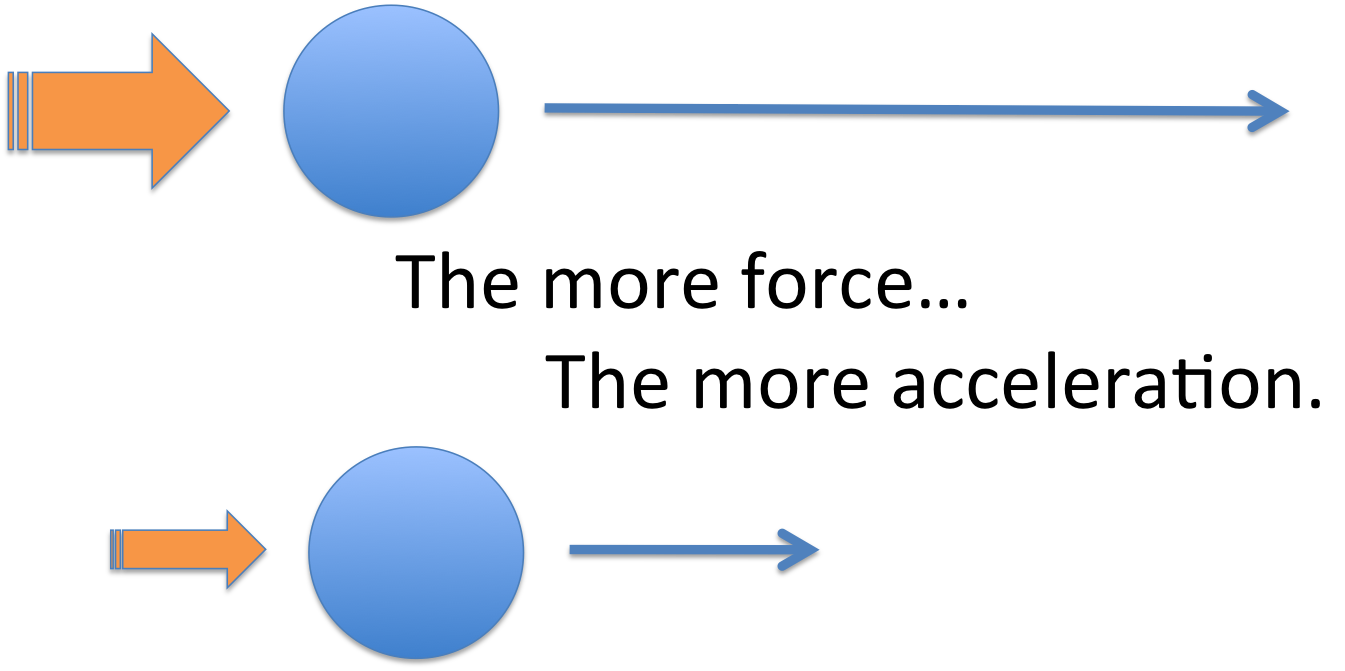
Recall Newton's second law — force is equal to the product of mass and acceleration, F = ma. More precisely, force changes the property of the body called impulse. If you apply an external force to the mass, its impulse, that is, how it moves, changes. If strength is known, then it is known how the impulse will change. And if you do not apply external force to an object, then its impulse cannot change.
And if in the whole universe everything consisted of point masses located on the same line, then nothing would have arisen. But in our Universe the moving masses are distributed in several dimensions.
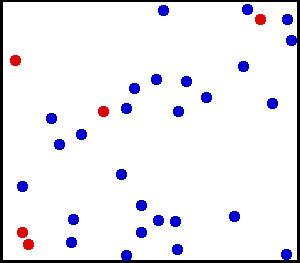
And in this case, the system has not only momentum, but also angular momentum. The impulse varies with mass, and the angular momentum varies with the combination of mass and its distribution. This combination is the moment of inertia. Therefore, Newton's second law tells how objects change their momentum (how masses change speed), and there is an equivalent law relating to how objects change their angular momentum, or how the moment of inertia experiences changes in the rotational speed.
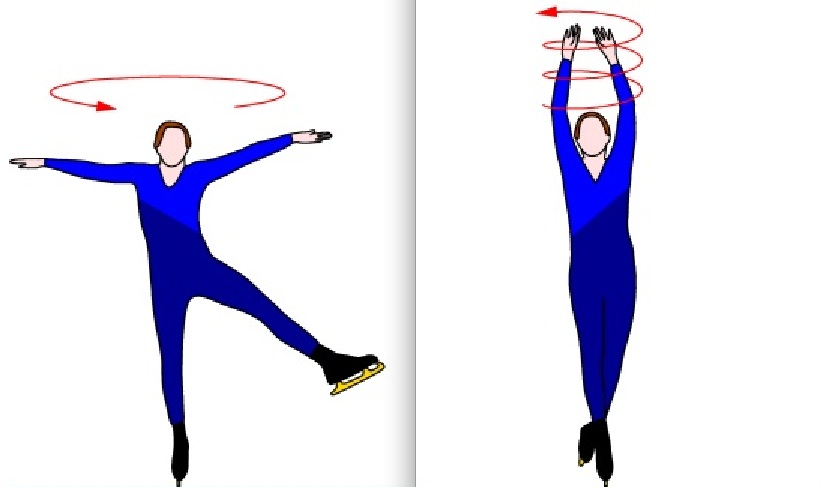
An example is the way a figure skater, tightening his arms and legs, begins to rotate faster. When its mass is distributed closer to the axis of rotation, and the moment of inertia decreases, the speed of rotation increases to compensate. If your mass and its distribution change, then the rotational speed changes in the opposite direction to compensate. But just as you can change the impulse of a system by applying an external force, you can change the angular momentum of the system by applying an external torque.

Torque - the force applied in such a way that it changes the rotation of the object.
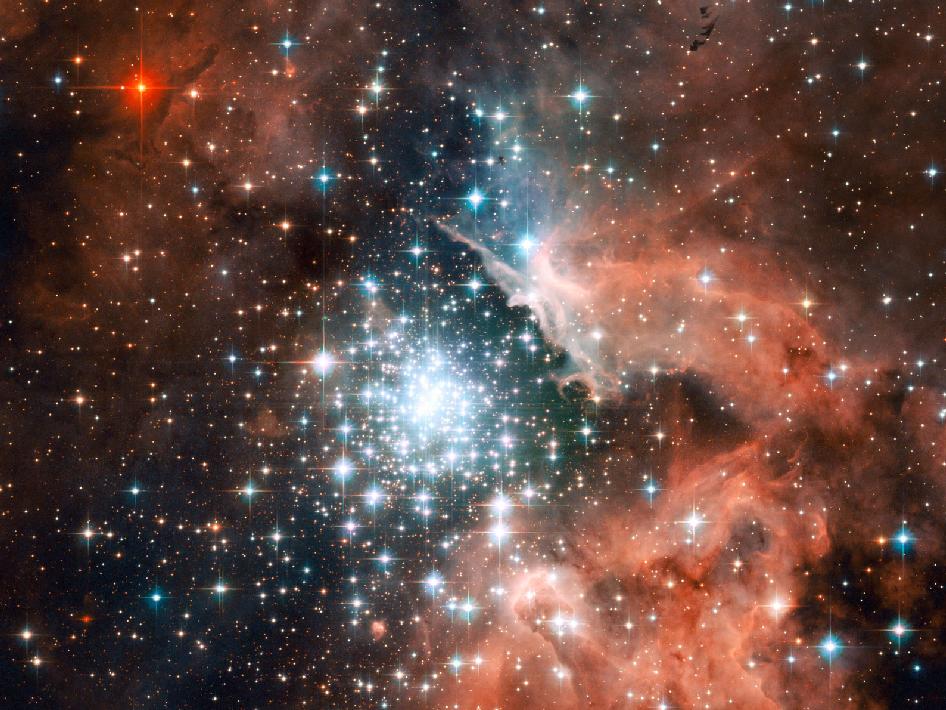
Further - more interesting. Each star system in the universe began with a cloud of gas and dust. These clouds may be hundreds or millions of times more massive than our Sun, but initially they are very scattered, and extend over many hundreds or thousands of light years. If these clouds have any rotation, then it is difficult to detect, since it will take billions of years to complete even one revolution.
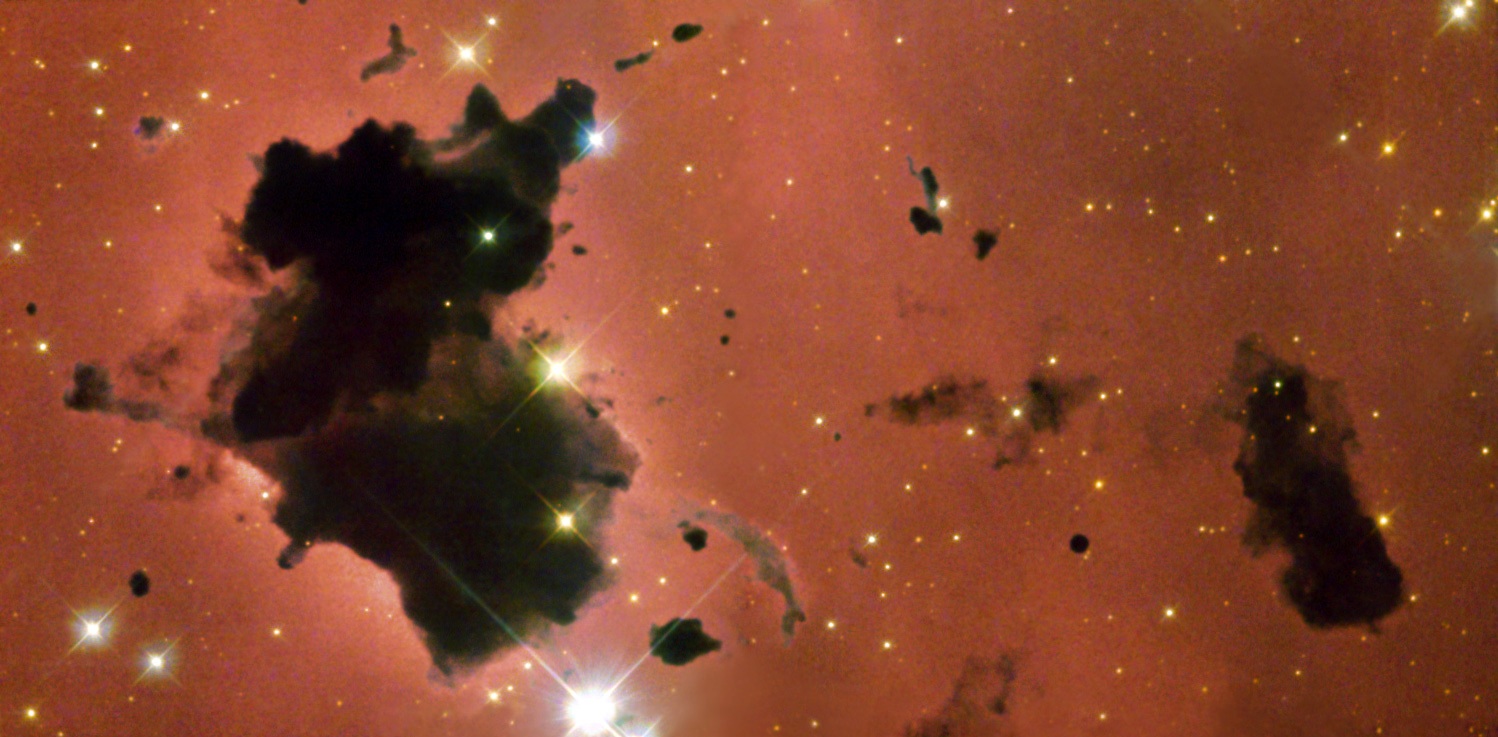
But gas clouds do not exist in isolation. Around them there is all the rest of the matter and energy of the Universe, subject to gravity. And when two masses in the Universe move relative to each other, but do not move exactly to each other or from each other, the gravitational force emitted by them creates a torque.
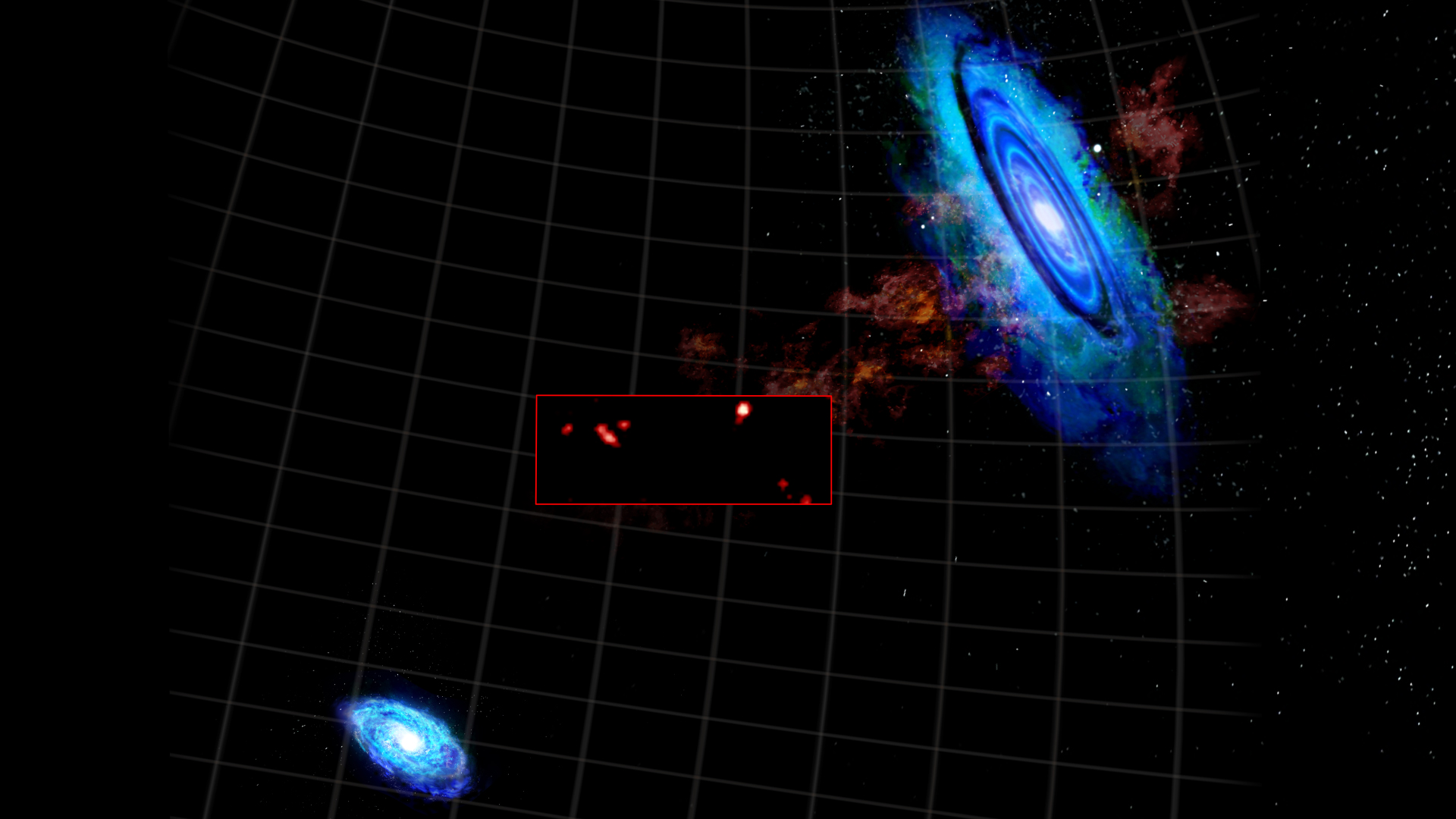
This phenomenon is known as tidal acceleration, and was first understood by Jim Peebles (curator of my curator) in 1976. (So your question got to the address!). Therefore, each mass that exists in the universe, it was born with an angular momentum, or not, received one after 13.8 billion years. This includes all the clouds of gas, including the one from which our solar system was born. You can break these gas clouds and further, on the sites from which the individual stars and systems are created.
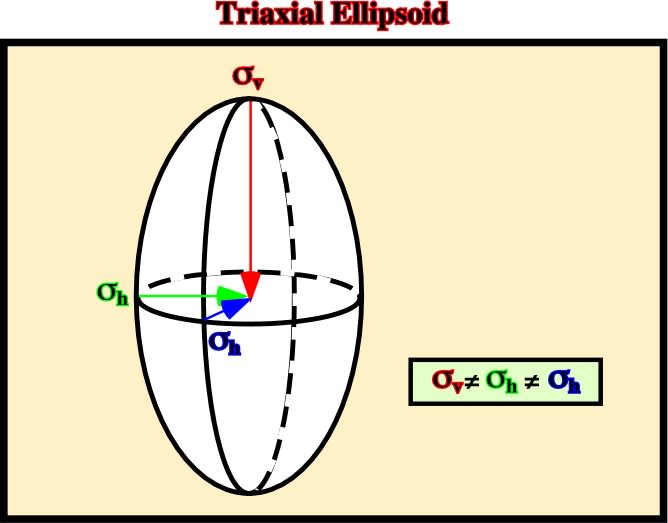
All of them, turning into a star or a system, will be distributed as three-axis ellipsoids. Simply put, like a sphere, but only if you draw three perpendicular axes inside, say, X, Y, Z, then one of the axes will be shorter than the others. When the system shrinks under the influence of gravity, it will most quickly compress along the shortest axis, and since ordinary matter interacts with itself, it will flatten out like a pancake. These formations are called "Zeldovich pancakes", named after the Soviet physicist who worked on the theories of star formation.
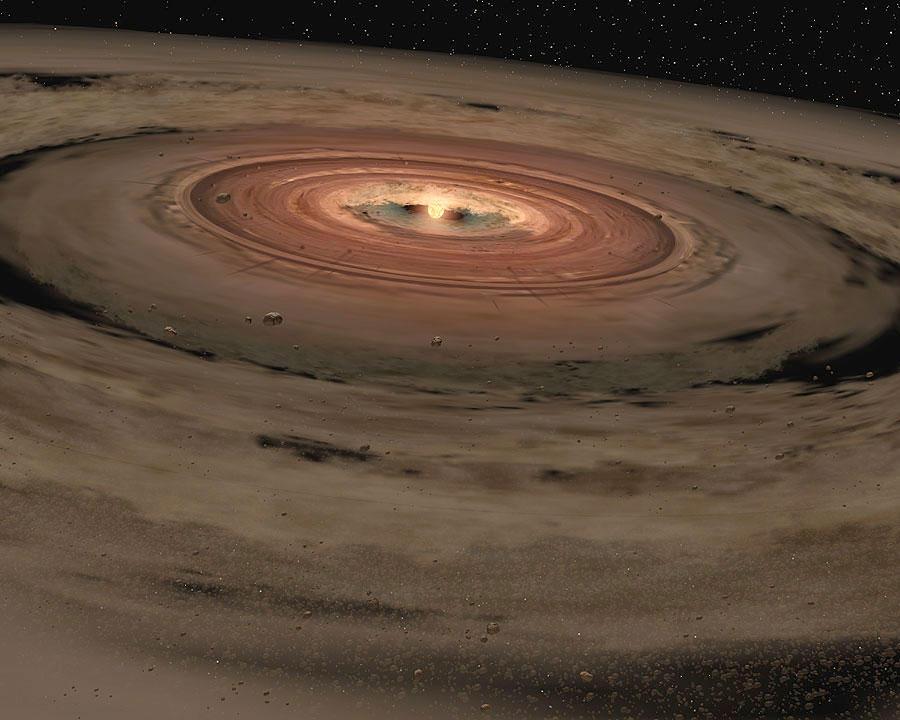
Well, on the other two axes you get something like a disk, which in general will rotate as indicated by the angular momentum. Therefore, in our solar system, all the planets revolve around the sun in the same direction — counterclockwise; if you look down from the north pole of the sun, the sun revolves in the same direction, almost all moons revolve around their planets in the same direction, and almost all planets revolve around their axes in the same direction.

Clickable
There are only two big exceptions: Venus, which rotates very slowly, but in the opposite direction, and Uranus, which rotates on its side. It is believed that both planets experienced a change in angular momentum due to the intervention of an extraneous body. That is, their rotation was changed by an external torque.

That is why planets, moons, stars and star systems rotate.
Source: https://habr.com/ru/post/365729/
All Articles